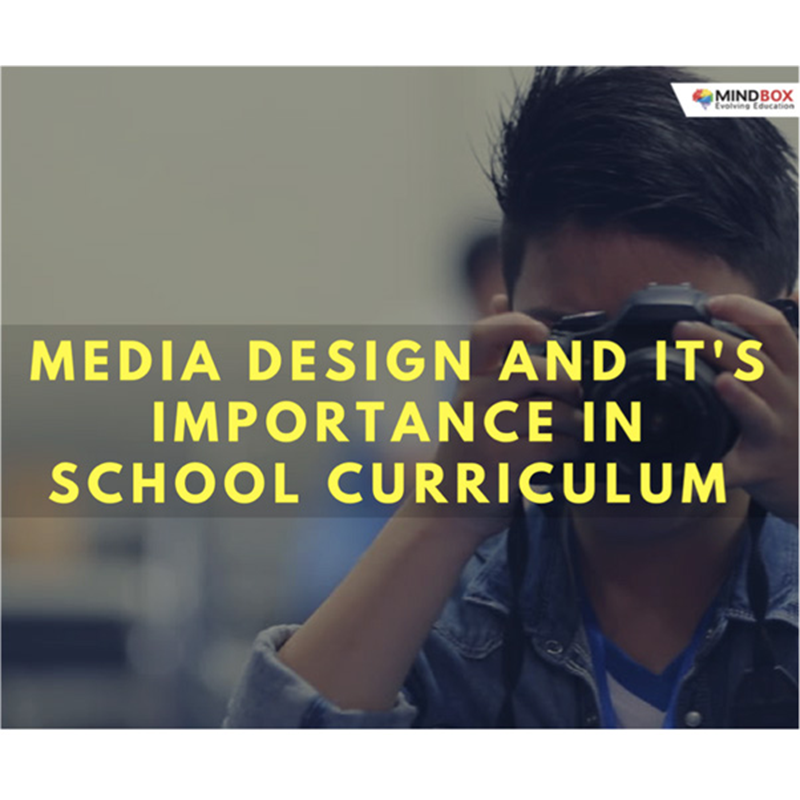Media Design And Its Importance In School Curriculum

In a world where children can’t live without taking a selfie or using Snapchat filters, it is almost undeniable that kids today are more inquisitive than ever about learning more and more about photography. In such an age it becomes vital to teach children the art of digital photography.
So, what is the use of teaching photography in school? These are discussed as follows:
Photography is universal
Photography transcends social class and many use it daily. Kodak once told consumers to “always carry a camera”. Now teenagers carry their smart phone’s with them all the time. Those who are inclined towards science and maths often enjoy the technical dimensions; while for those who struggle to draw, photography provides a chance to be visually creative.
It teaches practical skills
We find that boys tend to like learning practical skills. Digital cameras have “de-skilled” photography, but our students focus manually, use lighting and tripods, load film and mount prints. Subjects like photography – along with art, music, drama, and DT – have immense value for teenagers as a balance for other parts of the curriculum where words and numbers count so highly.
It broadens horizons
Our culture of constant selfies and YouTube uploads has its dangers: safeguarding risks, egocentrism, over-sharing and the over-documentation of events inhibiting our ability to remember them. Teaching photography can counteract these risks, as students learn about being behind the camera instead of always in front of it.

It enriches other subjects
Photography is an art form that is also full of maths, chemistry, physics and IT. Our physics students can use real pinhole cameras to apply pin-hole theory and then process the images. History students can explore the impact of an image of Churchill by photographer Yousuf Karsh in 1941, while geography students can add an extra dimension to field trips by taking photographs. Photography is where art and science meet, so it can help students to think outside subject confines. Maybe a new GCSE and A-level syllabus covering photographic art and photographic technology equally would broaden its appeal and better equip students to study photography in higher education.
It doesn’t require expensive kit
True photographers can take great pictures with simple equipment; the eye is more important than the camera. Schools don’t need to invest in expensive cameras: they can introduce students to photography using only their phones.
Photography helps students to express themselves and develop visual perception. What’s more, it means that young people might think twice before pressing the button and posting an image online. So let’s get more Year 8s photographing flowers – creating, rather than merely consuming, the output of an entertainment-obsessed age.
Powered by Froala Editor